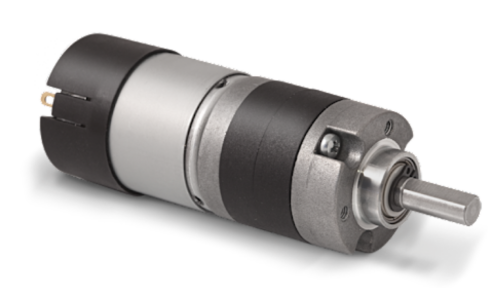Handling Moisture Damage in Gear Motors

Methods for Drying a Gear Motor:
-
Welding Machine Drying Method:
The AC welding machine drying method is relatively simple. First, the terminals of the motor windings are connected in series, and the motor casing is grounded. This allows heating and drying of the three windings. To ensure safety, monitor the current during the drying process, typically using an ammeter to observe if the current reaches the motor’s rated current.
The advantage of this method is that the motor does not need to be disassembled, reducing the workload. The motor’s own resistance will generate heat, ensuring that the coils are heated evenly for a better drying effect. However, this method is only suitable for certain gear motors and should not be used for extended periods. Prolonged use of an AC welding machine can lead to overheating, potentially damaging the welding machine, as the current placed on the transformer is relatively high.
DC Welding Machine Drying Method: The operation of a DC welding machine is similar to the AC welding method, but a DC ammeter should be used to monitor the current. This method has fewer limitations compared to AC welding and is more suitable for large or medium-sized gear motors, or high-voltage gear motors that require long drying times. Unlike AC welding, the internal components of the DC welding machine will not be damaged by long-term or high-current operation, making it more suitable for extended use.
Note: For both methods, all connections must be secure and well-tightened, and the welding machine lead wires should be dedicated, ensuring that the cross-sectional area of the wire can handle the output current of the welding machine.
-
External Heat Source Heating Method:
This method is cost-effective but is only suitable for small gear motors that can be easily disassembled. The specific steps involve first disassembling the motor, and then there are two options:
- One option is to place a high-wattage incandescent bulb inside the motor. The heat from the bulb will dry the damp windings.
- The second option is to place the motor inside a drying oven.
This method is convenient, safe, and reliable. However, it has limitations. It is not ideal for large or hard-to-disassemble gear motors. When using this method, ensure that the bulb or heat source is not too close to the coils, as this could burn the coils. It is advisable to cover the motor housing with canvas or similar material to help with heat insulation.
Conclusion:
Moisture can severely impact the performance of gear motors, but with the correct drying method, their functionality can be restored. Whether using a welding machine or an external heat source, it’s important to monitor the drying process and ensure that the motor is handled safely. Proper maintenance and storage are key to extending the life of a gear motor, especially in environments with high humidity.
